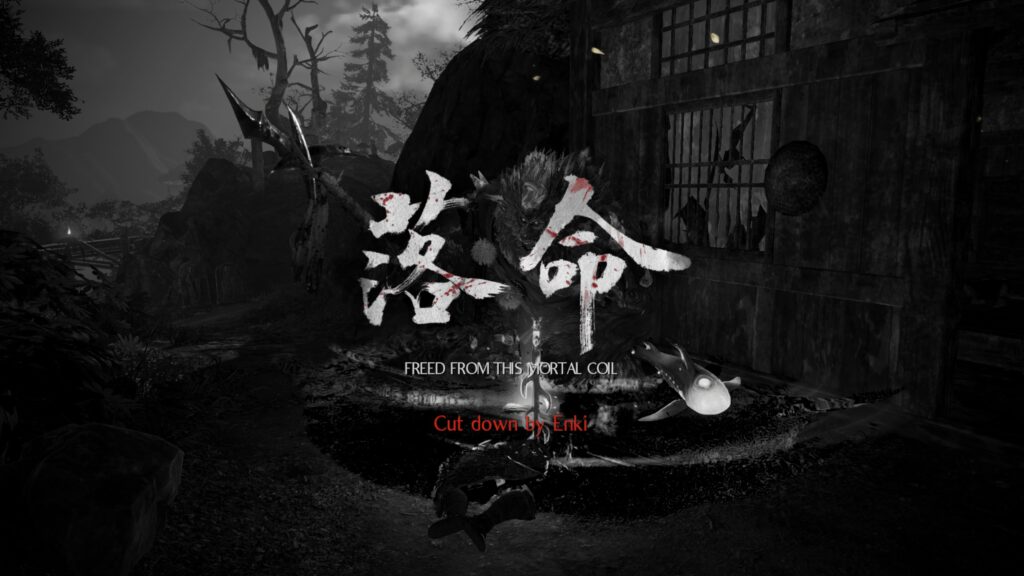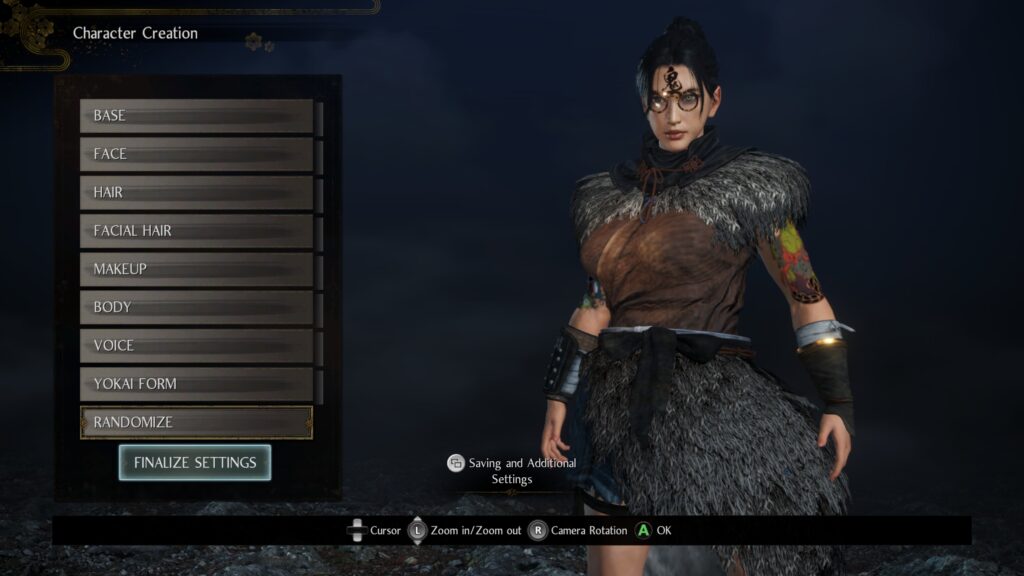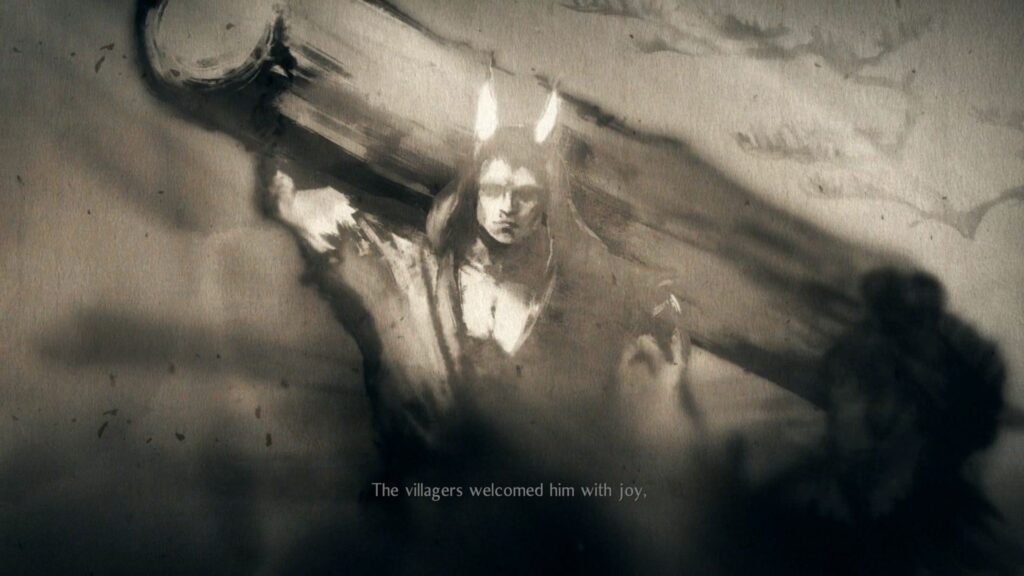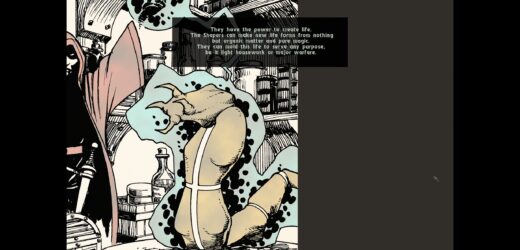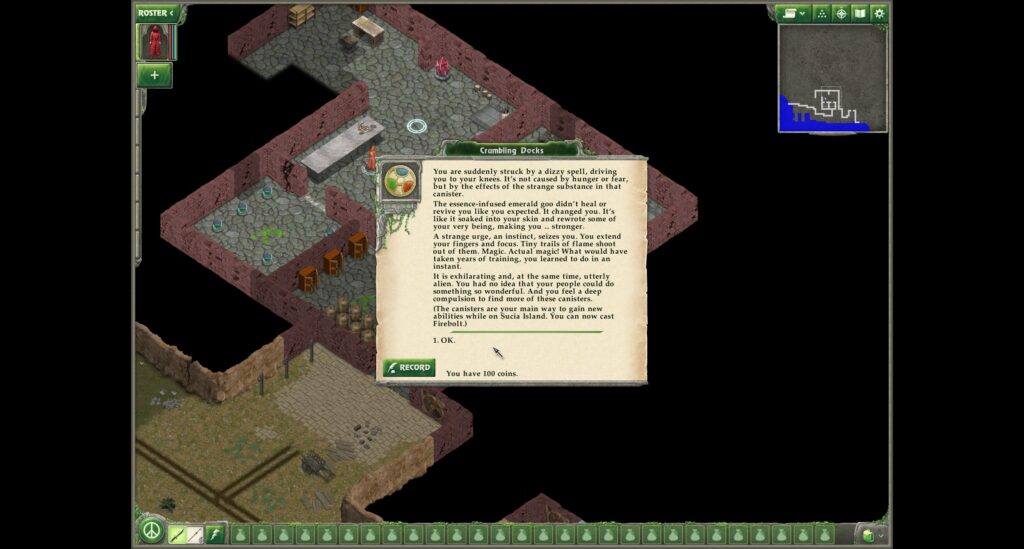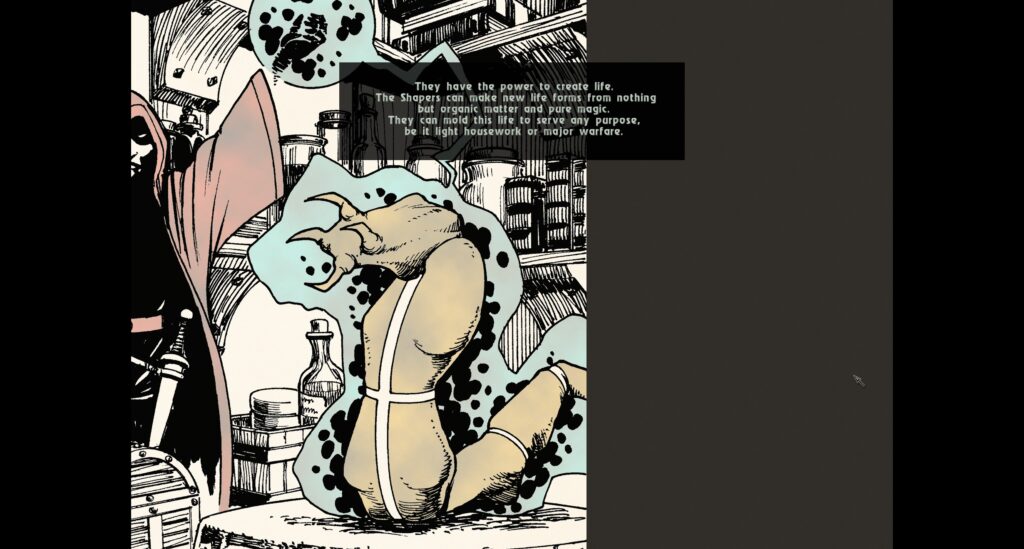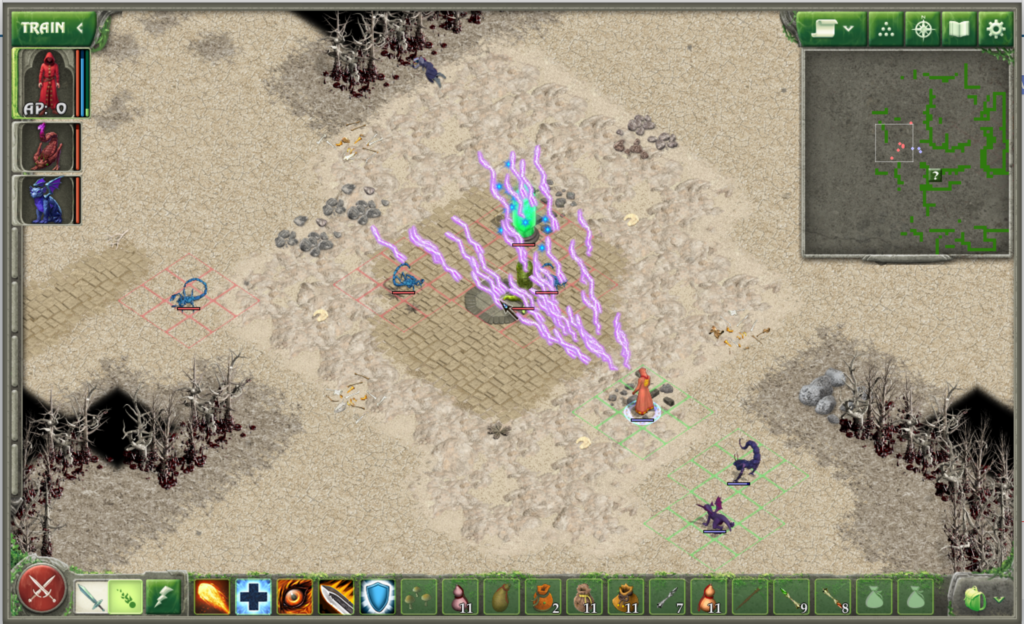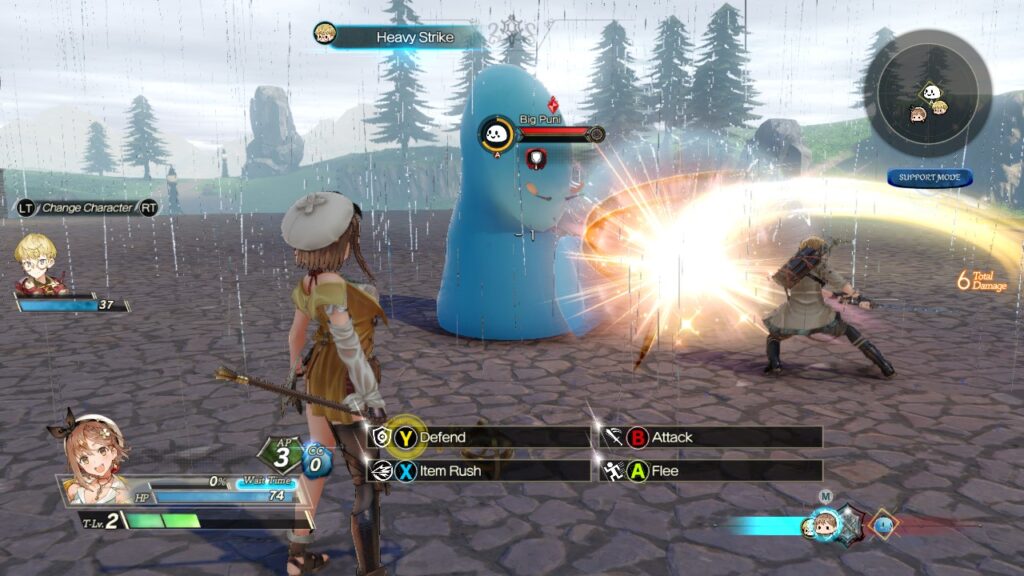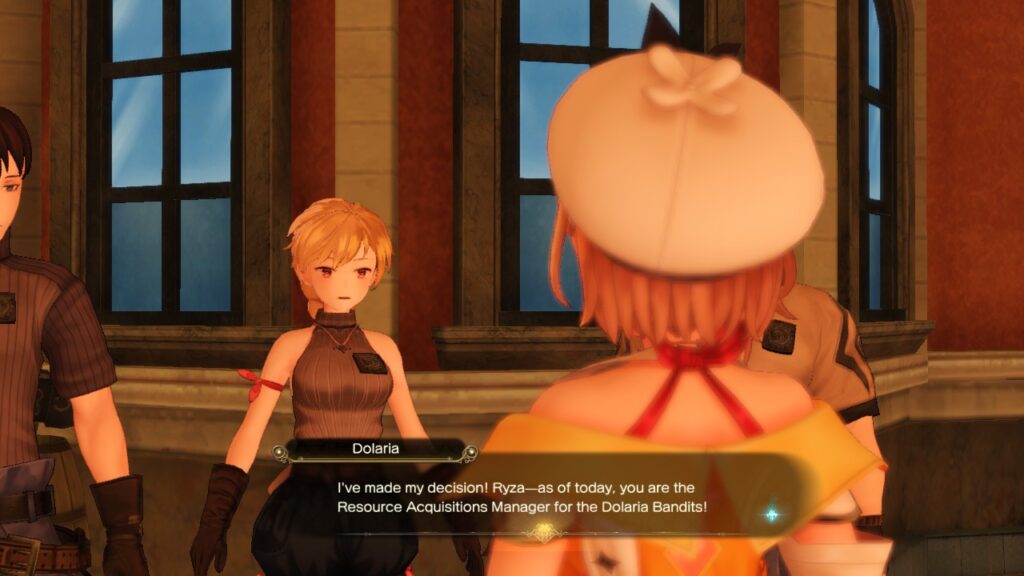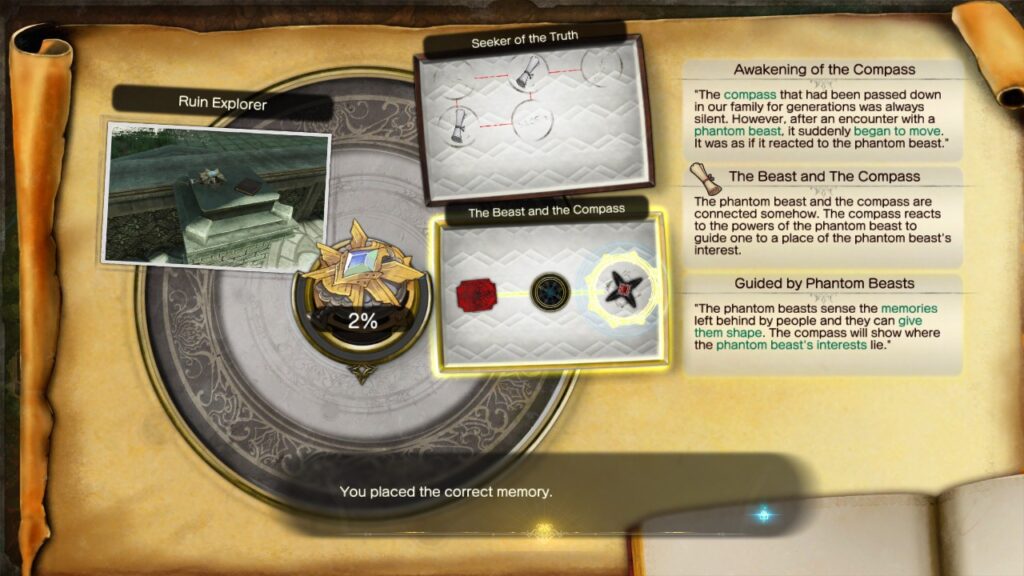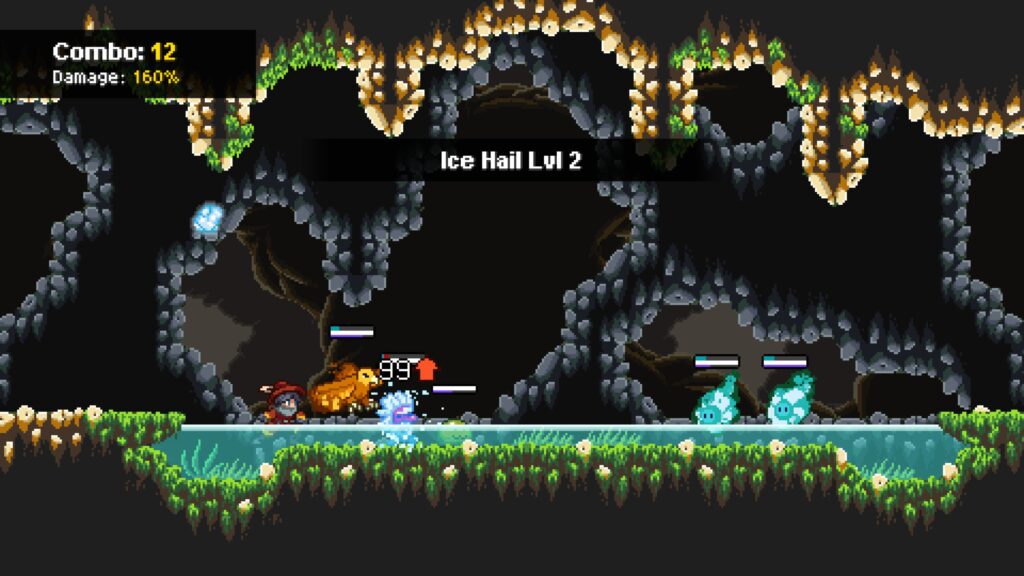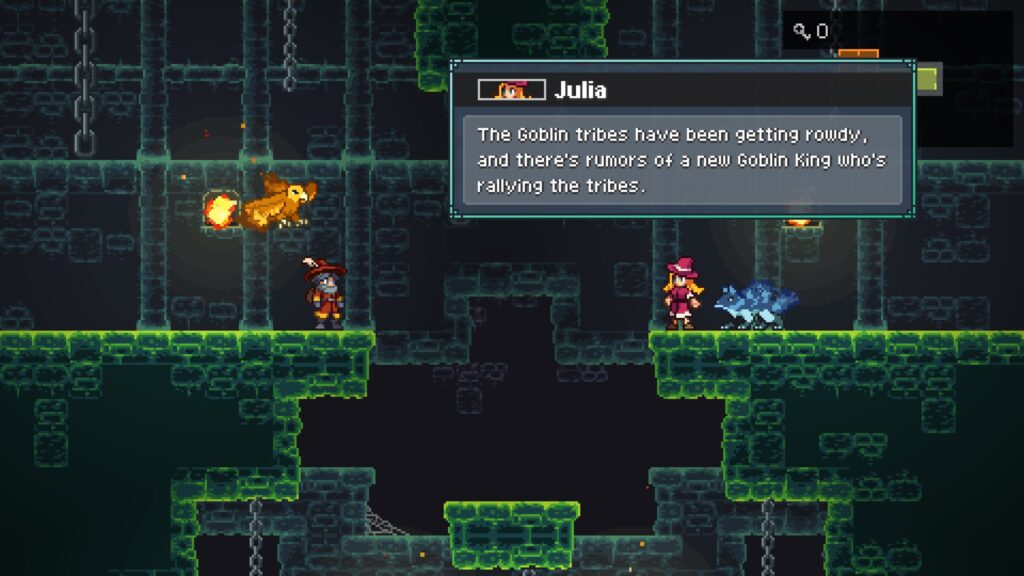Doctor Who: The Lonely Assassin (Review)

Source: Review Copy
Price: £5.99
Where To Get It: Steam
Found thingumajigger type games can be interesting. When, that is, they properly open up. Or don’t tell a random person who found a random phone that they’re looking for a doctor who isn’t actually a doctor but travels through time and space.
Y’know, just normal found mobile game stuff, which wouldn’t result in the protagonist dropping the thing in the trash or handing it into a police station or… Look, there’s immersion breaking, and then there’s “everything about this feels wrong from very early on.”
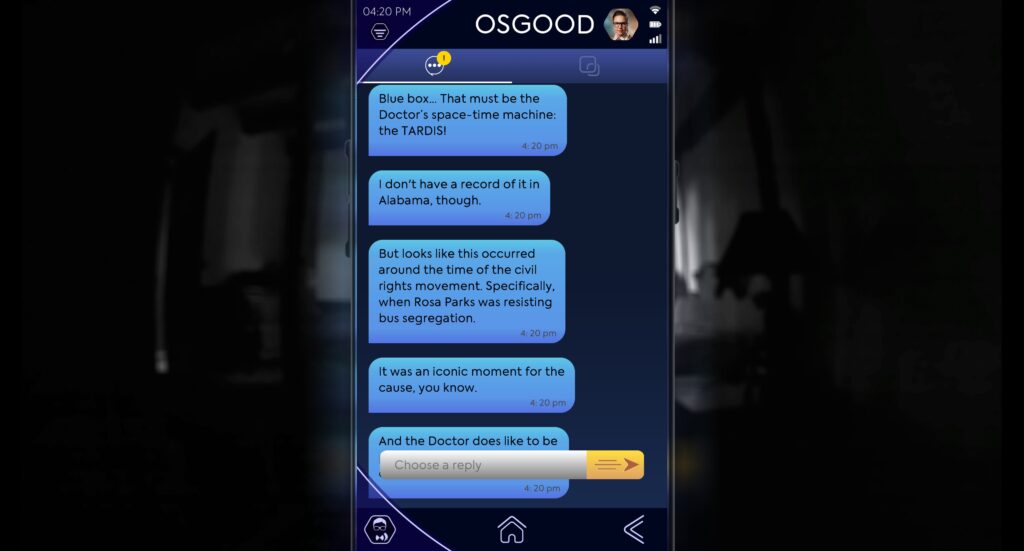
None of the choices I’m given seem like something I would say in the situation. Some of the clues I’d like to pass on I can’t. I’ve been handheld for approximately 17 minutes (I’ll update as I go on.) For the first twenty minutes… I don’t feel like I’m solving anything.
It does, after this point, begin to open up. But… I still feel like I’m an observer of an observer, someone who’s more watching someone else click through a phone, listening to phone calls, talking to, as mentioned, someone who just casually mentions the Doctor like it ain’t no thing… A person I’m watching who doesn’t make sense to me. In fact, every time the Doctor comes up in conversation, I wince. Because, from the outside looking in, it feels so forced.
And, at times, I feel a frustration I haven’t felt in a long time. The frustration of having to go through all dialogue options to end the conversation in question, get back to the uploading of clues. And that’s forced in, most of all, when talking about the Doctor.
If they’ve bought the game, they know who the Doctor is. They know. They don’t need Petronella Osgood to forcefeed them.
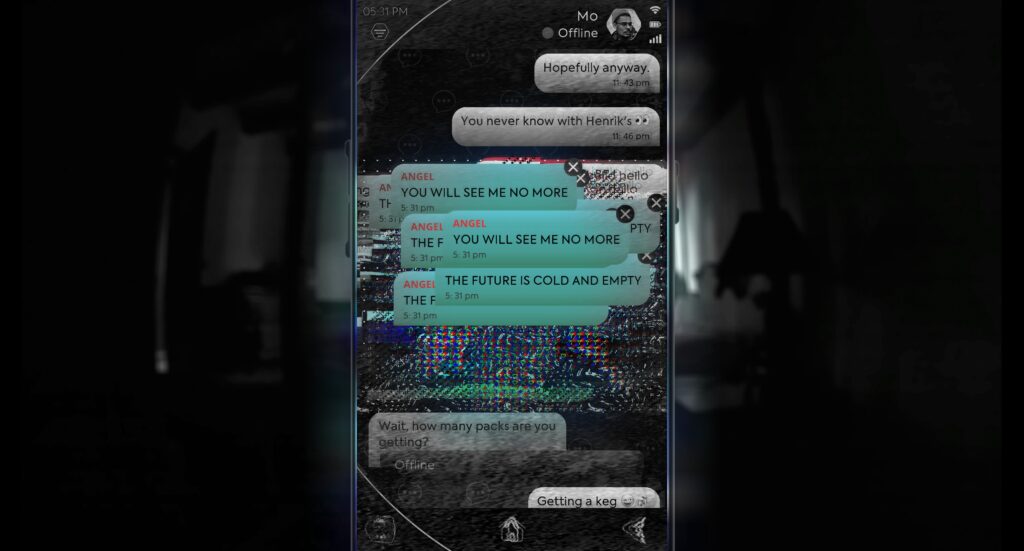
It’s at this point that I feel I should point out that the history of Doctor Who games (and their quality) has been… Variable, but tending toward the lower end. Which is a massive shame, because it’s an interesting franchise, with some really memorable plots (and yes, some notable stinkers.) And yet…
It tries to jumpscare me, and I merely sigh. I see the staticky bits, and I tut, noting that this is not an epileptic friendly game.
And the mystery… After an hour or so, I stopped caring. I’m surprised I lasted that long, because apart from trips to jumpscare territory (and one unskippable video of a secondary antagonist, Mr. Flint), it… Didn’t feel like it was going anywhere. It was holding my hand for a fair few portions, and, honestly, it didn’t sell the concept it was trying to pull off at any point in that hour and a half. I come away disappointed, and the history seems on course.
I have more faith in Petronella Osgood than this, game, chatty though she may be…


